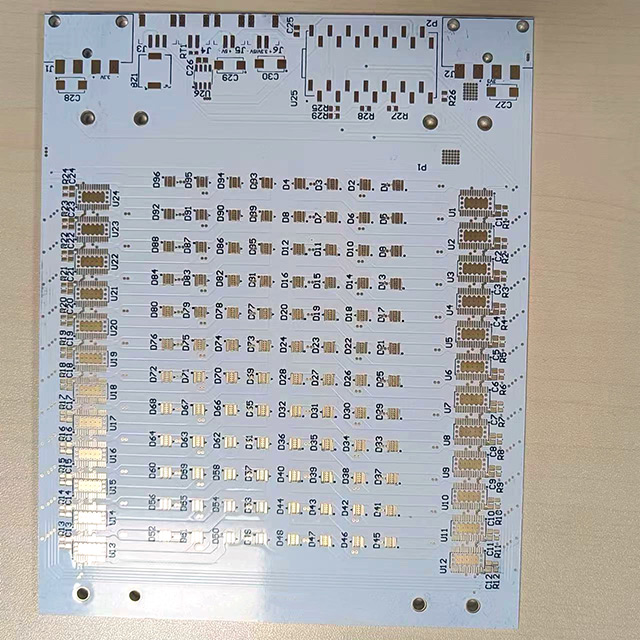Thanks for the detailed reply. I’m still confused.
I’m re-posting the pic labelled up to show what my current mis / understanding is.
View attachment 29889
You use the adiabatic equation to calculate the size of the earthing conductor.
From the result of that I use a table to see what CSA to use for the main bonding
I think the braid is my earthing conductor and installed by the DNO and as it’s a braid I Haven’t a clue what the CCC is or how to go about finding out. I know if the Ze was above 0.80 I’d have a problem.













